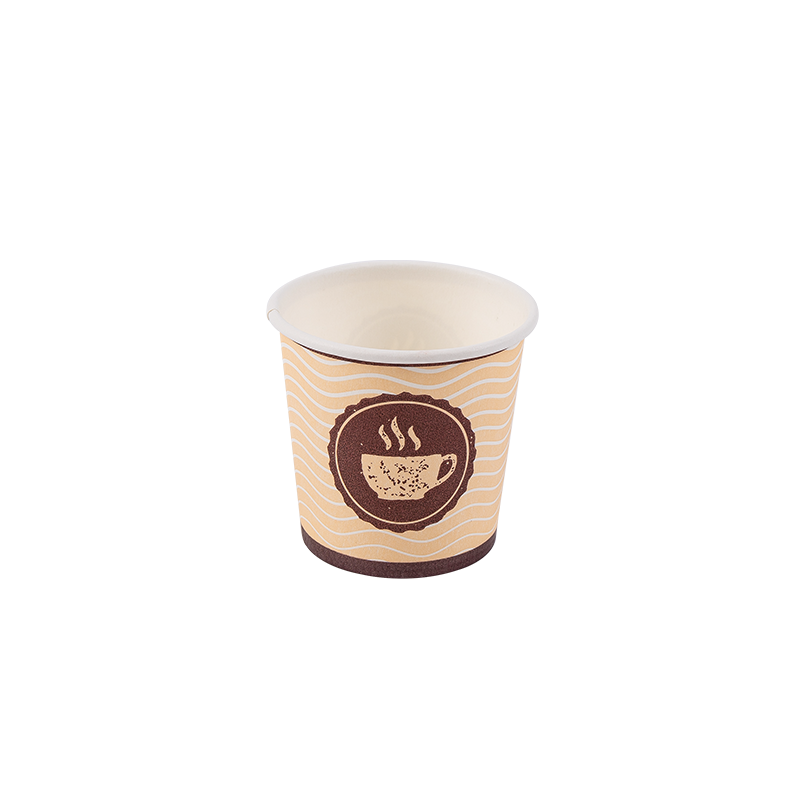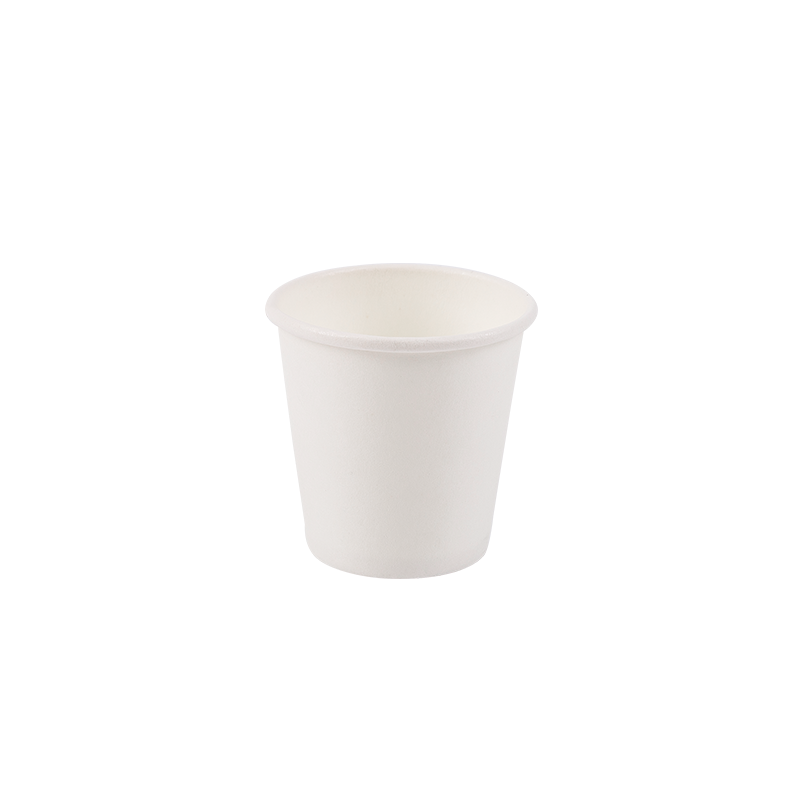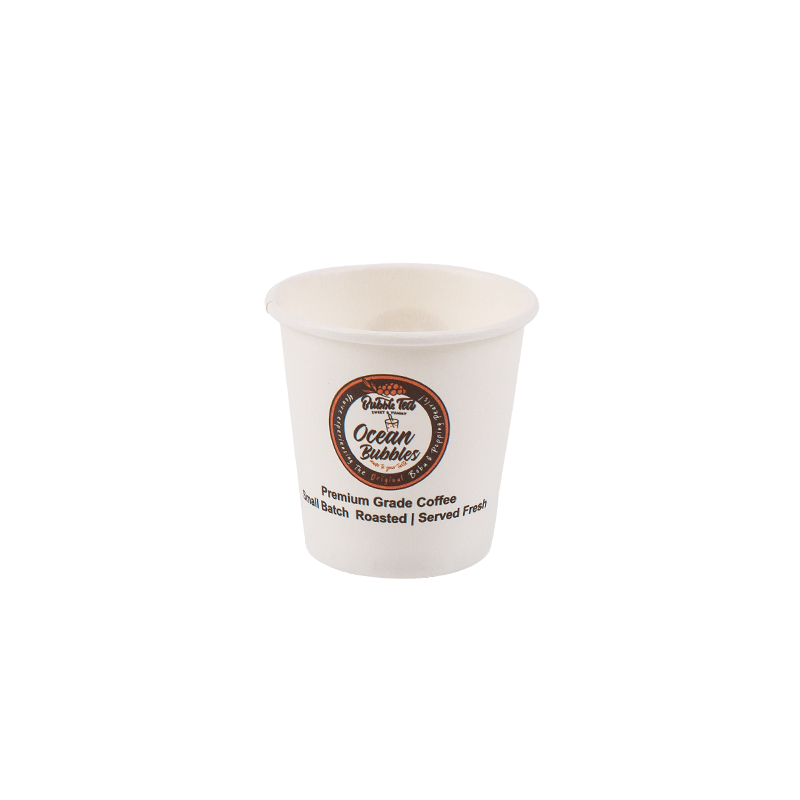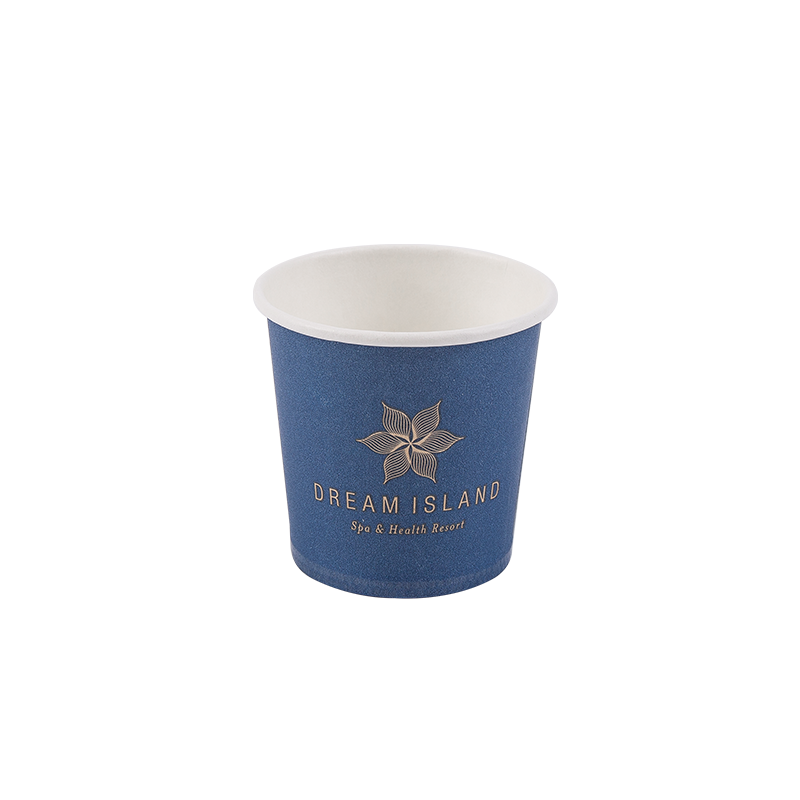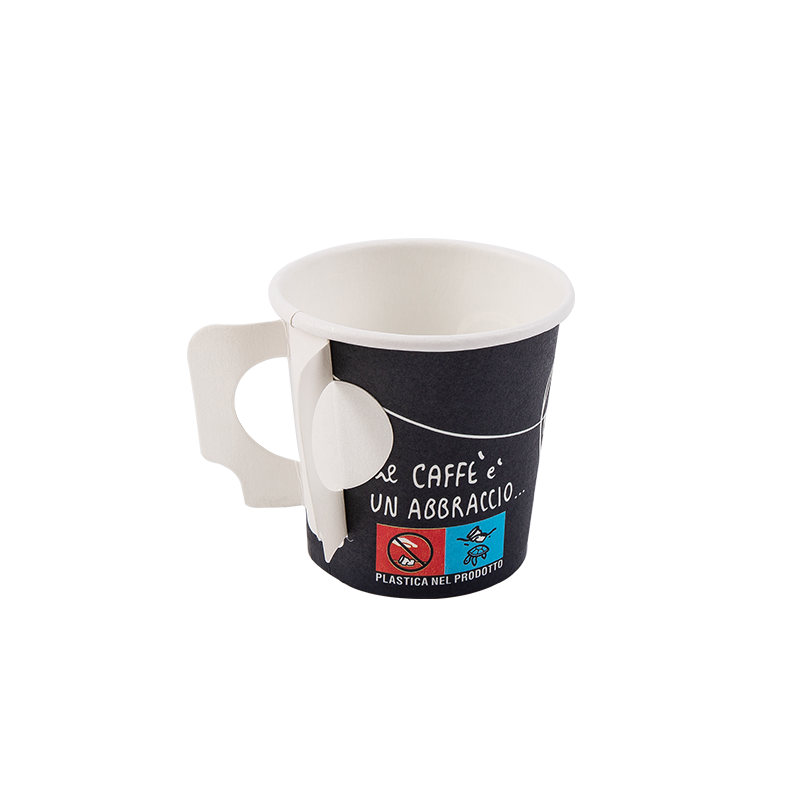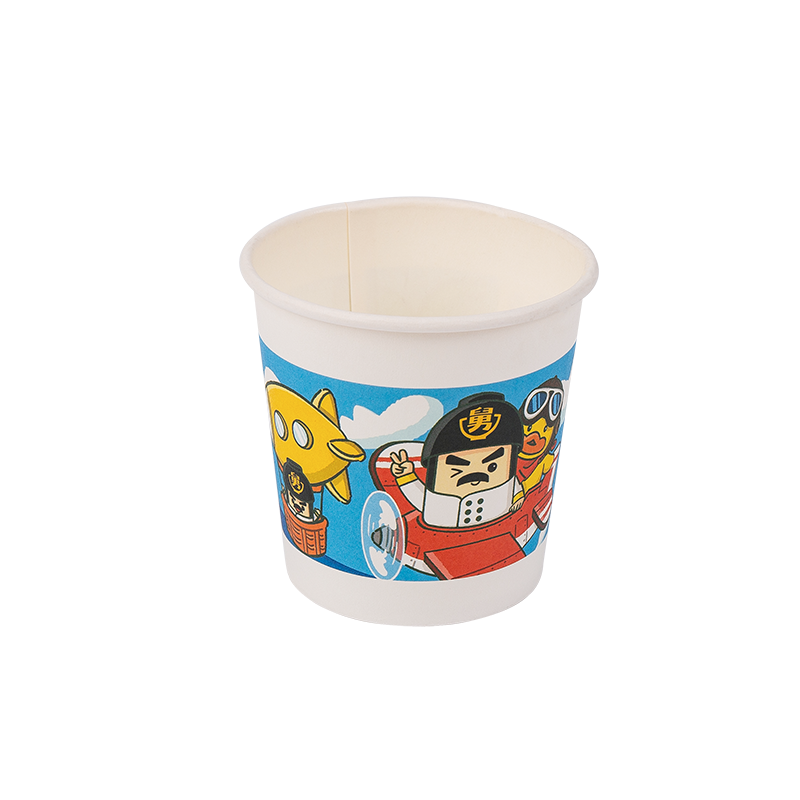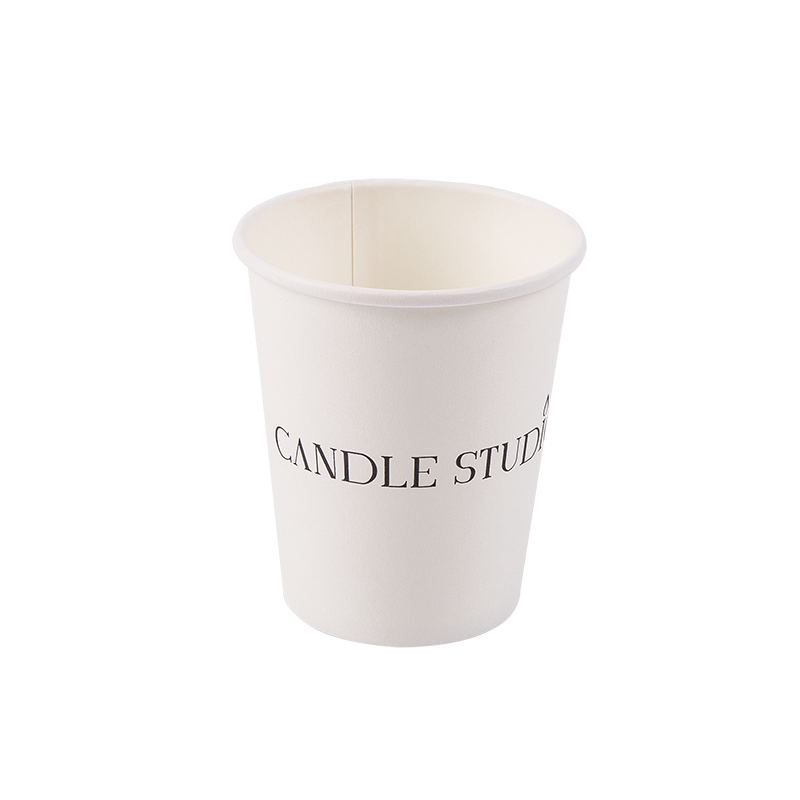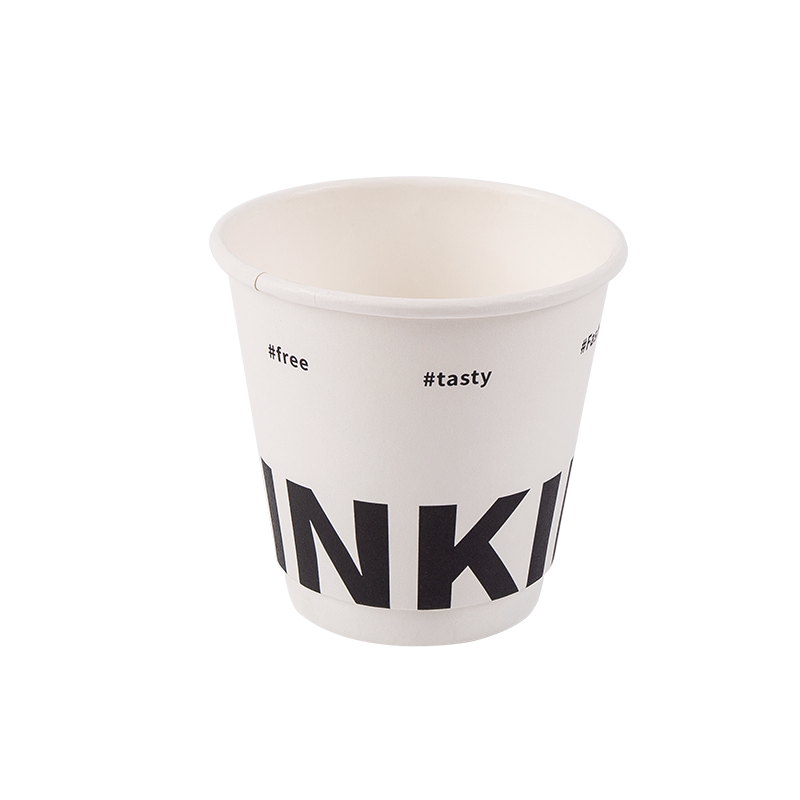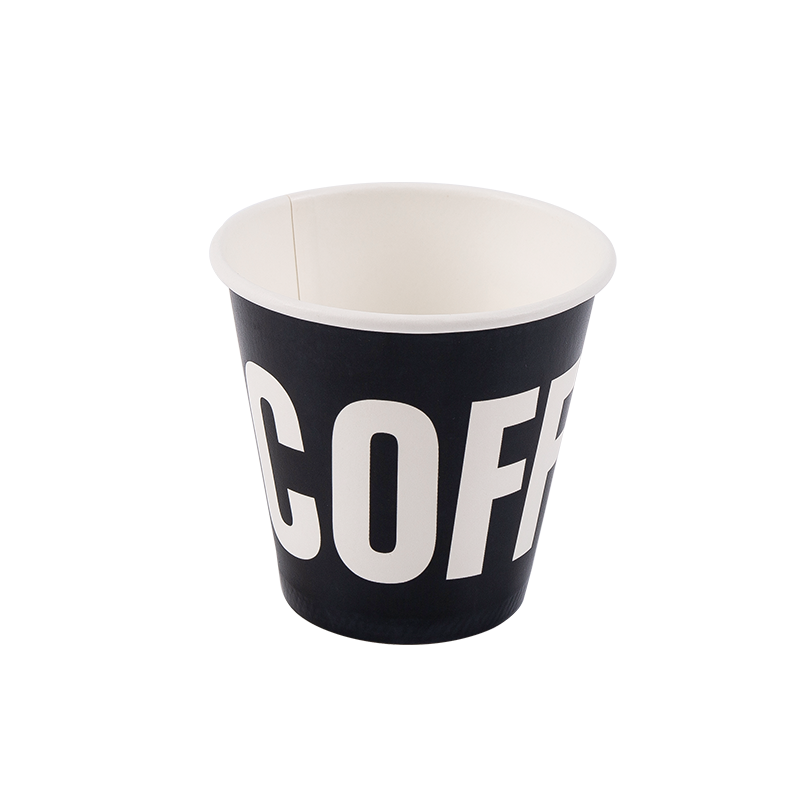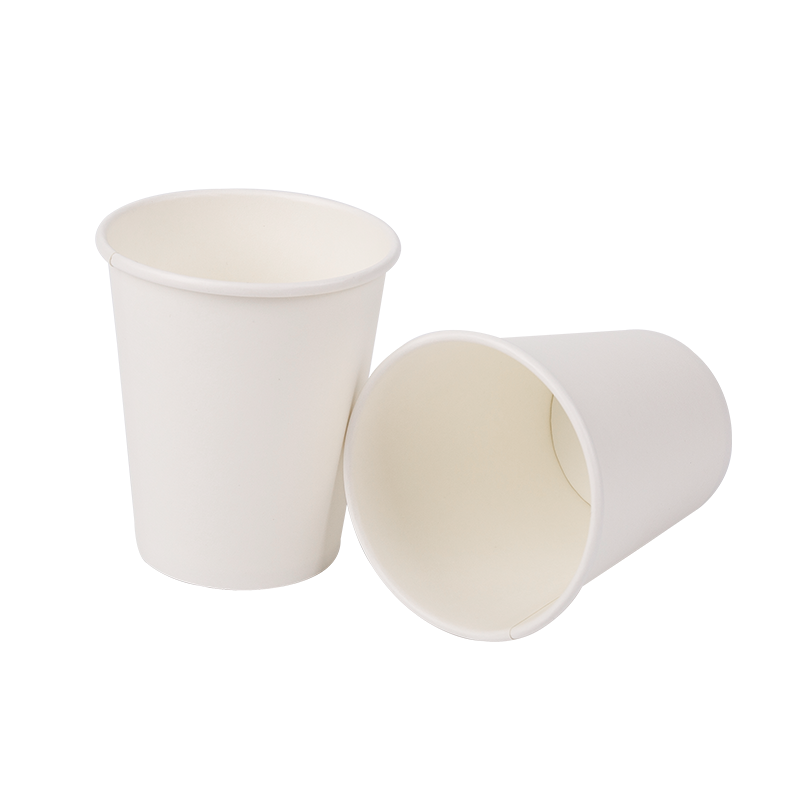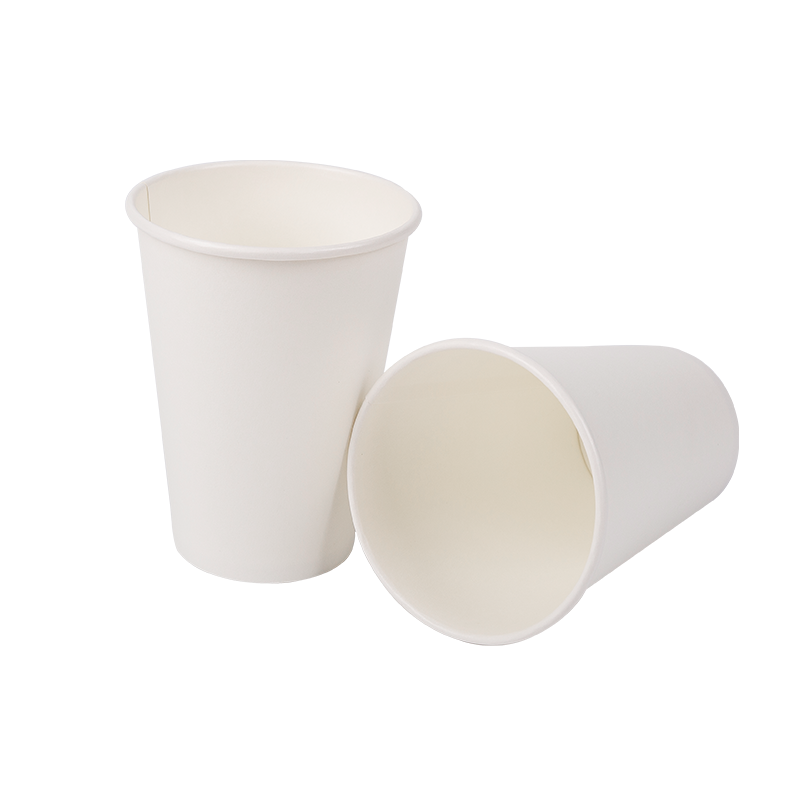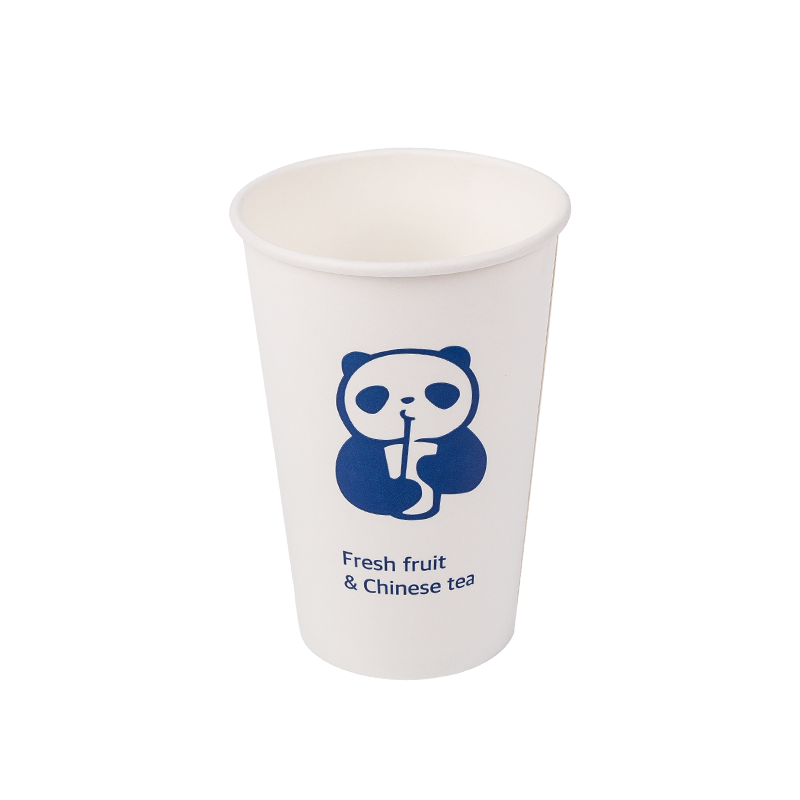The global shift towards sustainability has brought biodegradable paper boxes to the forefront of the food packaging industry. As environmental concerns mount over traditional plastic packaging, these eco-friendly alternatives offer a promising solution. But are they truly suitable for food, and what are the key considerations for their effective use?
The Appeal of Biodegradable Paper Boxes
The primary advantage of biodegradable paper boxes lies in their environmental impact. Unlike conventional plastics that can persist in landfills for hundreds of years, these boxes are designed to break down naturally, returning to the earth without leaving harmful residues. This aligns perfectly with the growing consumer demand for sustainable products and corporate social responsibility initiatives.
From a practical standpoint, paper-based packaging is lightweight and versatile. It can be easily molded into various shapes and sizes, accommodating a wide range of food products, from baked goods and fresh produce to takeaways and frozen meals. Furthermore, paper offers an excellent surface for printing, allowing brands to maintain strong visual identities and communicate important product information.
Key Considerations for Food Suitability
While the benefits are clear, several factors must be carefully considered to ensure that biodegradable paper boxes are suitable for food packaging:
-
Barrier Properties: Food packaging requires effective barriers against moisture, grease, oxygen, and other external contaminants to maintain freshness, prevent spoilage, and ensure food safety. Standard paper alone often lacks these barrier properties. To address this, biodegradable paper boxes are frequently coated or laminated with bio-based polymers (e.g., PLA, PHA, or starch-based materials) or specialized coatings that provide the necessary protection while still allowing for biodegradability. The choice of coating is crucial and depends heavily on the specific food product's requirements (e.g., dry vs. greasy, refrigerated vs. ambient).
-
Food Safety and Compliance: Any material used for food packaging must adhere to strict food safety regulations set by authorities like the FDA (in the US) or EFSA (in Europe). This includes ensuring that no harmful substances leach from the packaging into the food and that the materials are safe for direct food contact. Reputable manufacturers of biodegradable paper boxes will have certifications and documentation to verify their products' compliance.
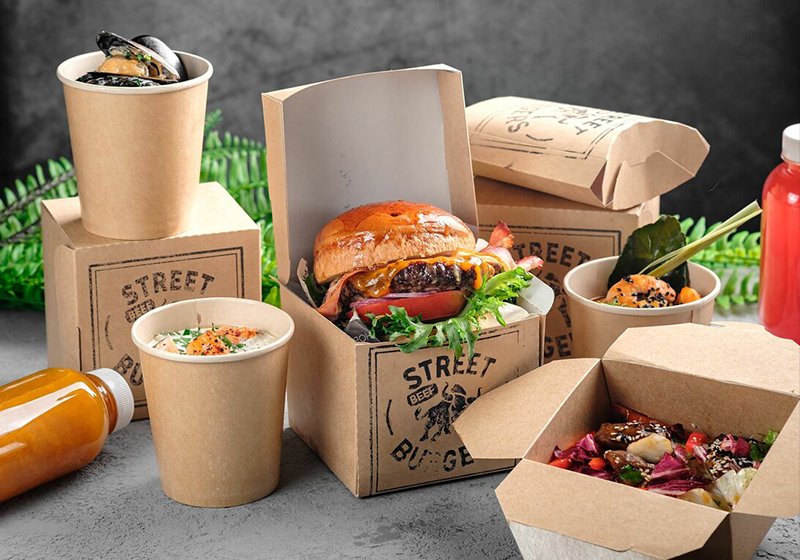
-
Biodegradability and Compostability Certifications: The terms "biodegradable" and "compostable" are often used interchangeably, but there's a distinction. While biodegradable means a material can break down naturally, compostable implies it can break down in a composting environment within a specific timeframe, leaving no toxic residue. For food packaging, compostability (industrial or home compostable, depending on infrastructure) is often a more desirable and measurable attribute. Look for recognized certifications like BPI (Biodegradable Products Institute) in North America or EN 13432 in Europe, which ensure the claims are scientifically verified.
-
Durability and Performance: The packaging must be robust enough to withstand the rigors of transportation, storage, and handling without tearing, leaking, or compromising the food's integrity. Factors like paperboard thickness, structural design, and the quality of seals play a vital role here.
-
Cost-Effectiveness: While initial costs for sustainable packaging can sometimes be higher than traditional plastics, economies of scale are improving. Businesses also need to consider the long-term benefits, including enhanced brand reputation, consumer loyalty, and potential regulatory incentives for using eco-friendly materials.
Conclusion
Biodegradable paper boxes represent a significant step forward in sustainable food packaging. When designed and manufactured correctly, incorporating appropriate barrier layers and adhering to stringent food safety and biodegradability standards, they are indeed a highly suitable and responsible choice for a wide array of food products. As technology advances and infrastructure for composting expands, these innovative packaging solutions will undoubtedly play an even more critical role in building a greener, more sustainable food system.










 English
English русский
русский Español
Español 中文简体
中文简体